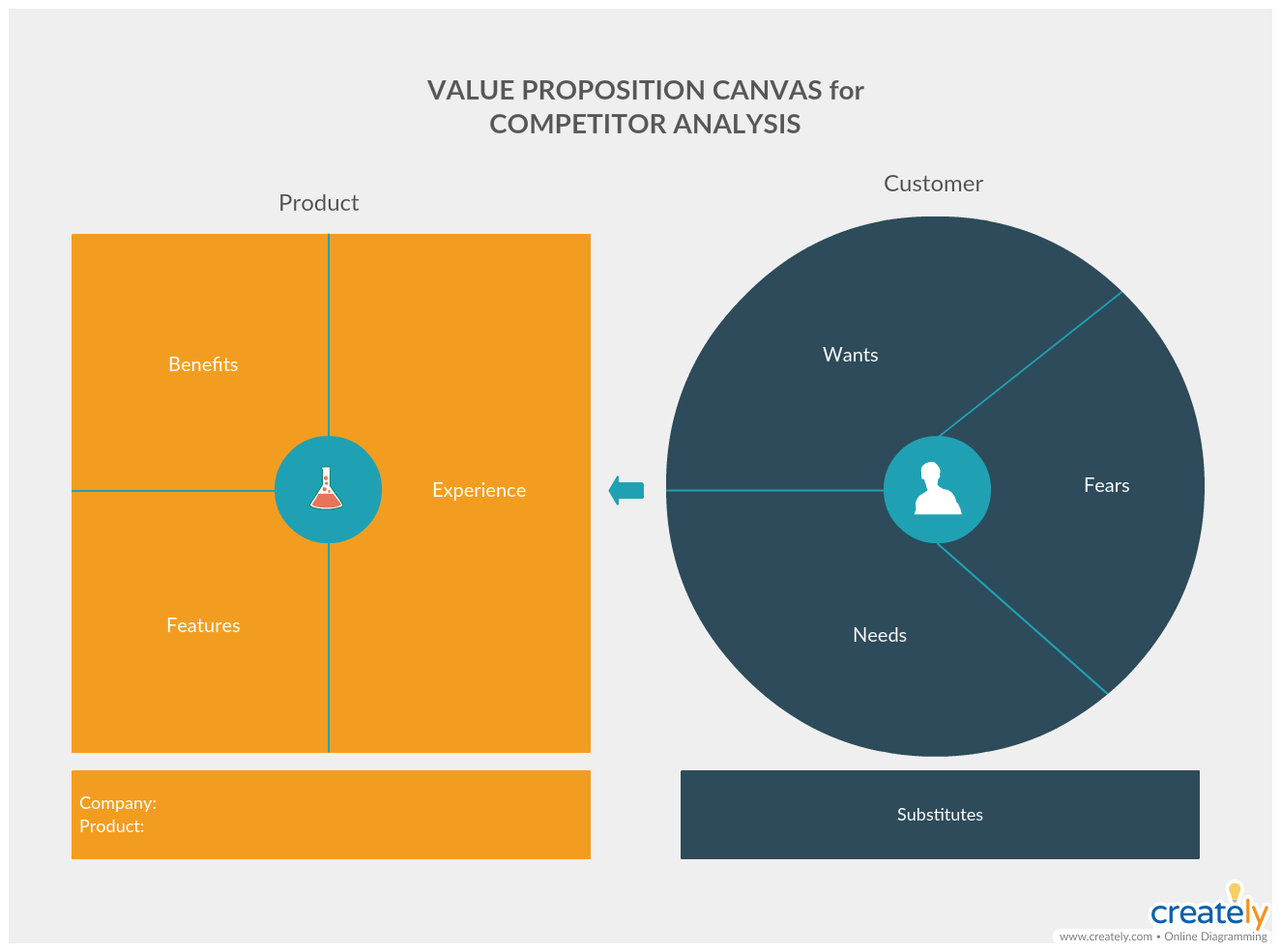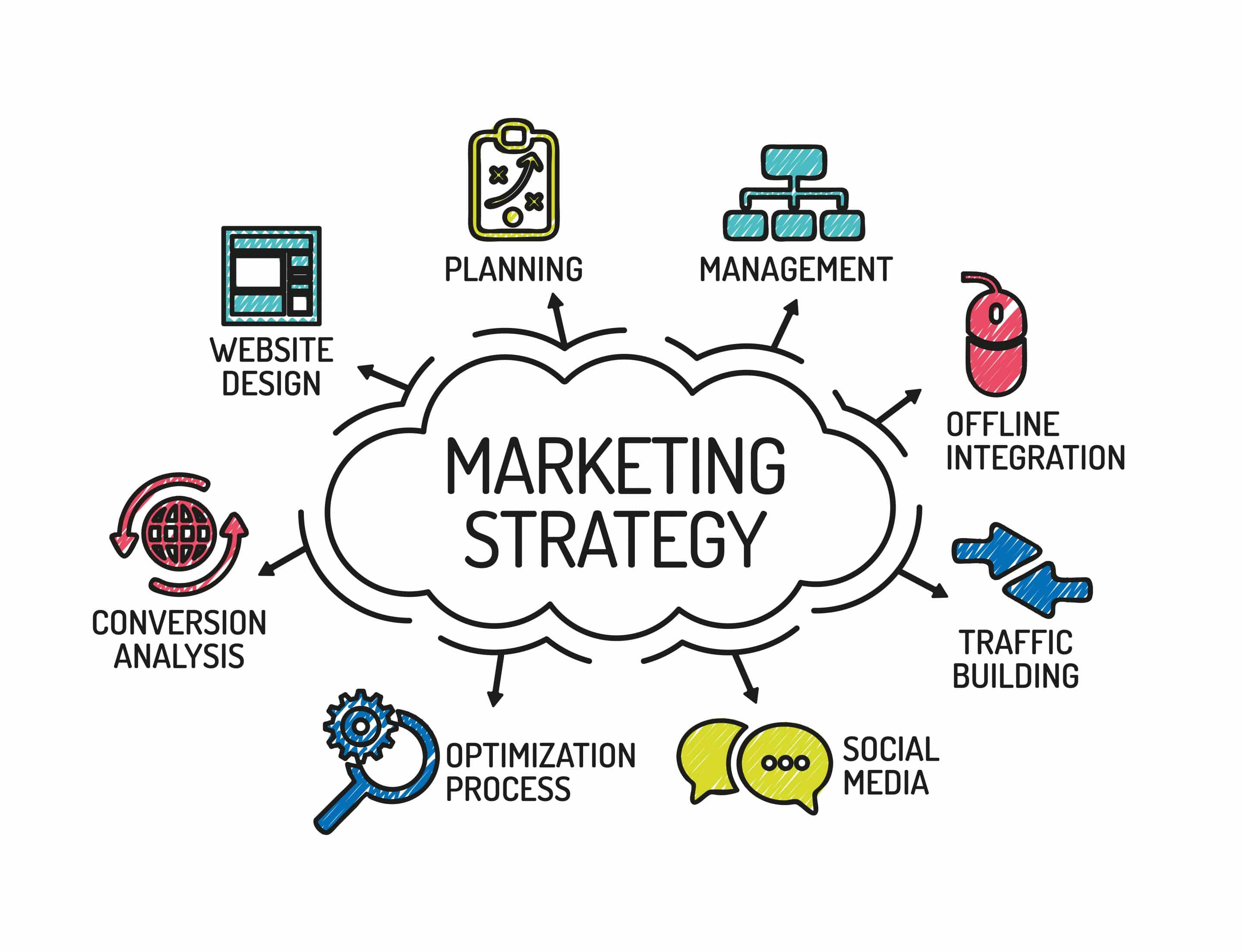Competitive analysis or competitive research is fundamental prior to any business decision. The analysis will arm you with the most trending promotion campaigns, help you to be on the distinctive track and outweigh the rivals.
So how to do a competitive analysis probably and effectively?
Step 0: Define your market

Define your target market
Before analyzing the competitors, you’d better review the market. If you have already addressed for your store a specific market, related problems and the challenges that this market might have, you can skip this step. Otherwise, please answer the following questions:
- Who are your targeted customers and who are buying your products currently?
- What can your products do to solve the customer’s issues?
Be noticed that one product can go into more than one market, pick the right one!
Step 1: Identify top 10 competitors

Make a list of 10 competitors
Start searching for your competitors on Google, Amazon, Facebook, Instagram or even TikTok based on your product and business. If you are an e-commerce merchant, the number of competitors can be thousands, they can be local stores, national or international brands. If you have struggles in selecting the top competitors, you can rely on Google, the top competitors will show up first on the Google search results. If you do it manually, focus on 4 elements: types of product, business premise, audience demographics and their experience; choose those who mostly match your business model.
Step 2: Categorize competitors

Categorize competitors
Once you have a list of competitors, input data such as products, price, social media channel or more complicated marketing concept they are using in a spreadsheet. Then divide them into more specific groups such as direct competitors, indirect competitors or tertiary competitors.
Step 3: Define their positioning

Positioning in Competitive analysis
Positioning is the value of marketing tools, the message to the customers and ultimately the business strategy. Understanding your competitor’s positioning will distinguish your store and direct you to a new business way, unlike the others. Positioning can be evaluated by social media strategy, website content, event and programs, the core value of the product, etc.
Step 4: Compare and contrast competitors
Comprehending the competitive advantages as well as their disadvantages of your rivals will help you to found and avoid certain mistakes and replicate positive criteria.
For example, a famous interior store has 15 years of experience producing and selling high-quality products, its advantages are reputation and experience, however, perhaps its downside is the creativeness or marketing strategies.
Step 5: Analyze marketing strategy

Review marketing strategy of your rivals
Your products might be all the same, however, a brilliant marketing strategy will make them outstanding. You can study and collect all the marketing activities, combine and use the most interesting approach for your own store to engage more customers.
You can investigate the marketing strategies through blog, social media, newsletter, promotion campaign or even cart-abandoning.

